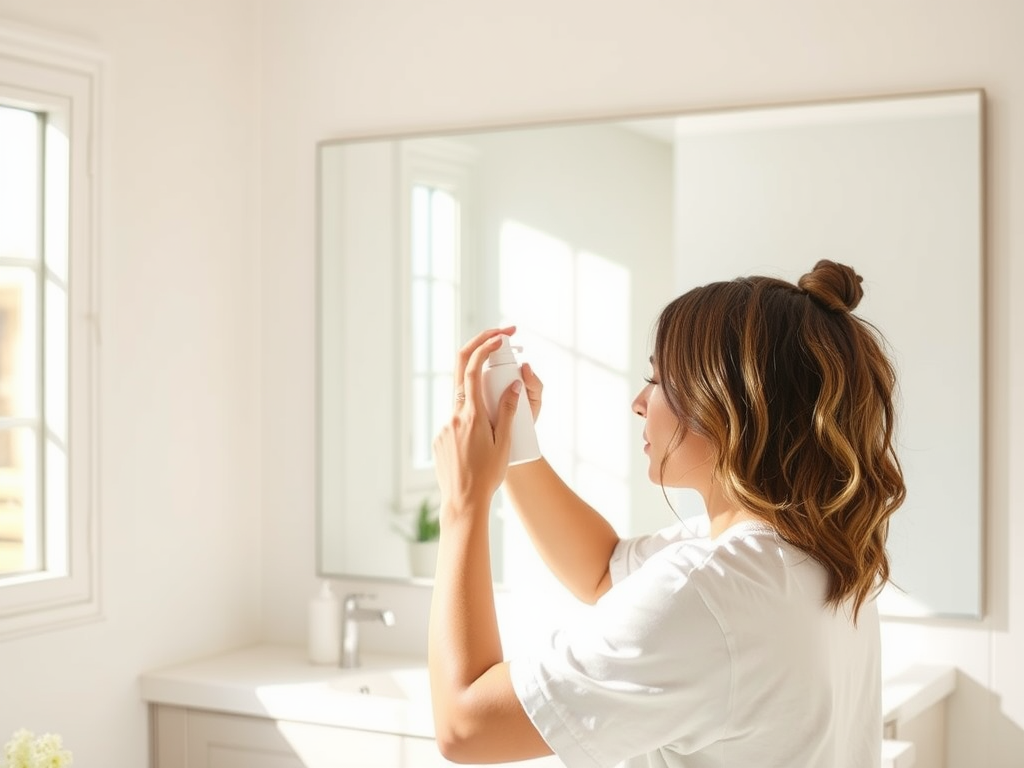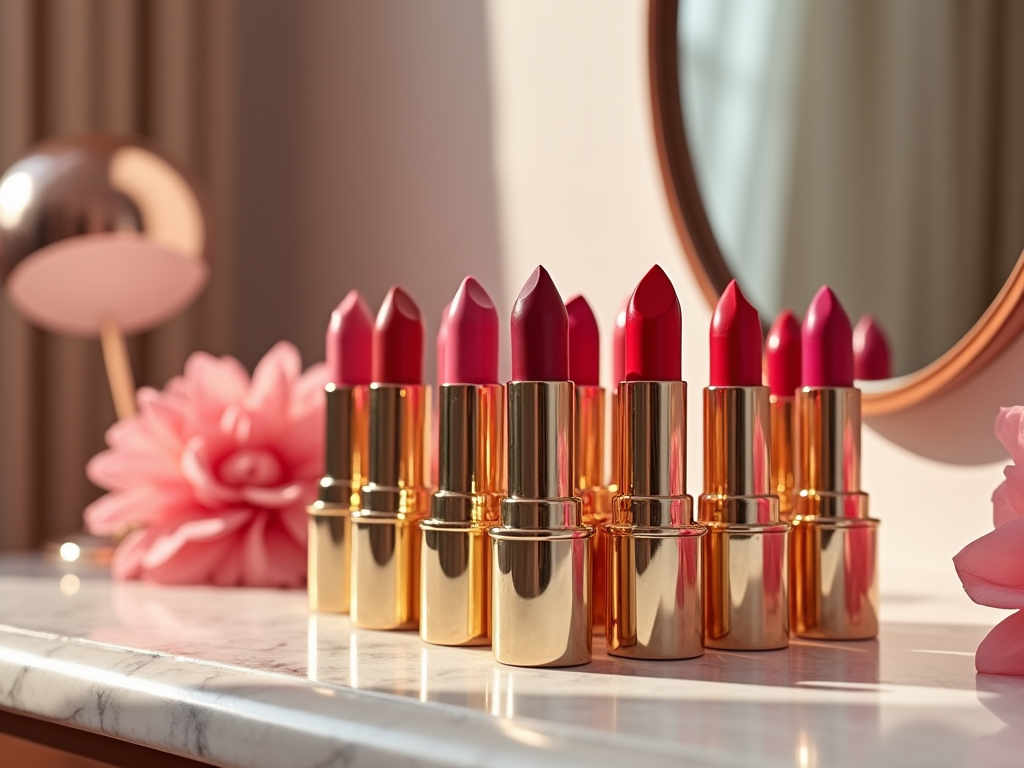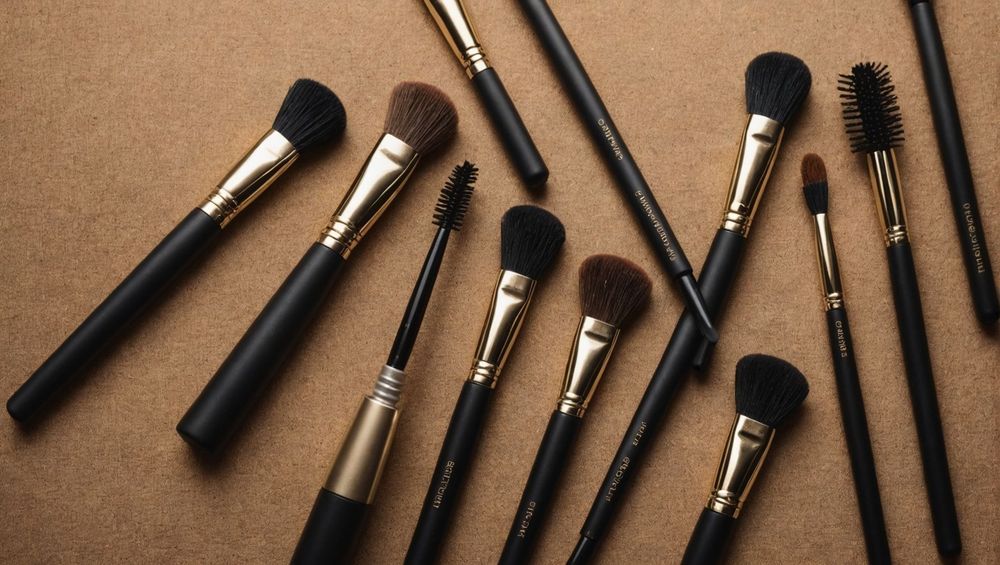Achieving that perfect natural makeup look can sometimes seem elusive, but with the right steps, anyone can master it. This article will guide you through eight simple yet effective steps to enhance your features subtly and bring out your natural beauty. Let’s dive into creating the perfect canvas that highlights your features in the most understated way.
1. Start with a Clean Canvas
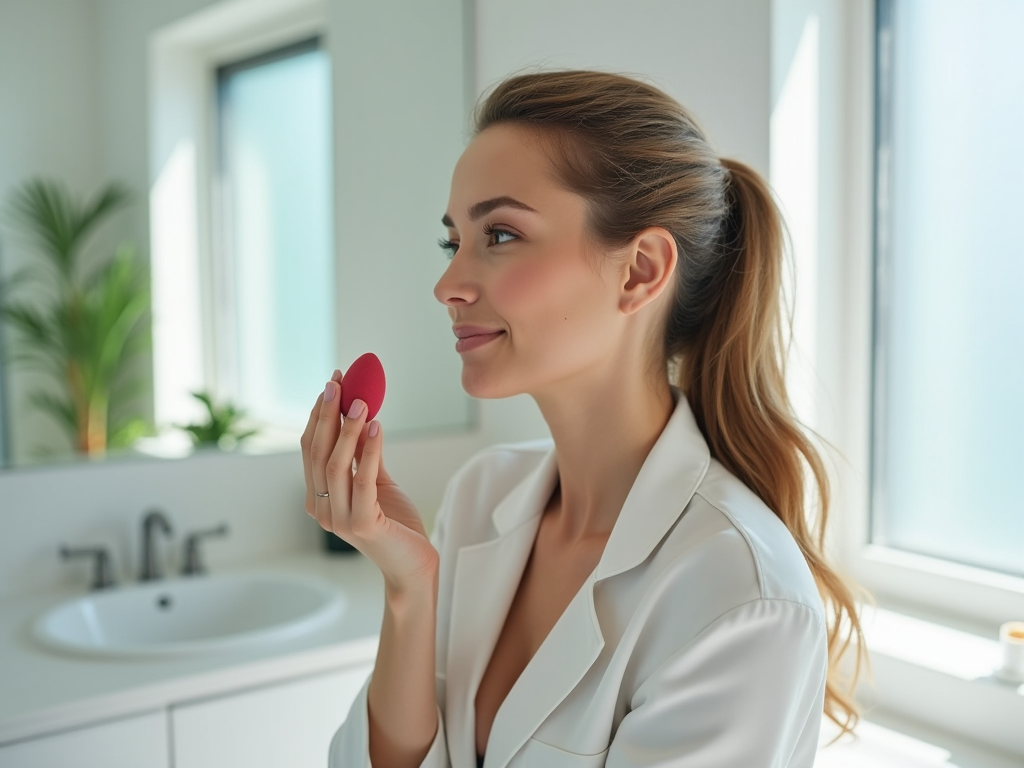
The first step to any makeup routine, especially a natural one, is to start with a clean face. Cleansing your skin removes any impurities and oils that can interfere with makeup application. Follow up with a hydrating moisturizer suitable for your skin type to ensure your face is smooth and supple.
Proper preparation ensures that the products sit well on your skin, giving you a flawless finish. It’s also important to exfoliate once a week to get rid of dead skin cells. This not only keeps your skin healthy but also helps your makeup stay on better. Think of your skin as a canvas—prepared well, it enhances every stroke of makeup.
2. Prime Your Skin
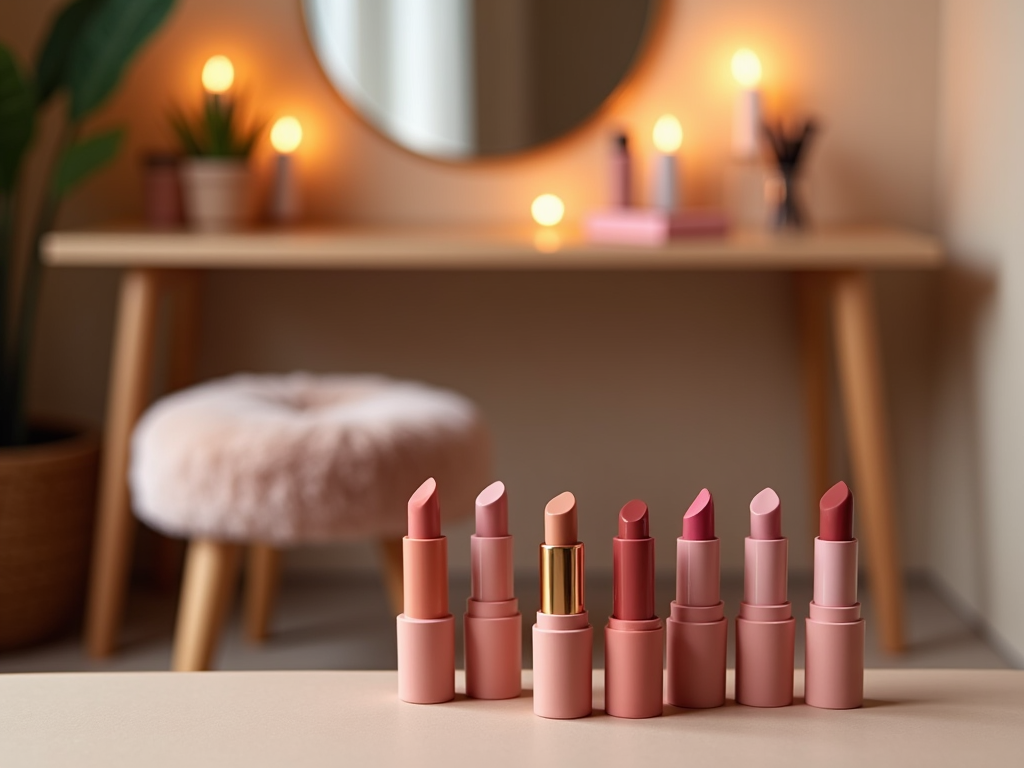
Using a primer is a crucial step in achieving a long-lasting natural makeup look. Primers help smooth out skin texture, reduce the appearance of pores, and create an even base for your foundation. Choose a primer that complements your skin type, whether it’s mattifying for oily skin or illuminating for dry skin.
Apply a small amount of primer evenly across your face, using your fingers or a makeup brush. This helps in locking moisture and keeping your makeup in place throughout the day. It also minimizes the need for touch-ups and helps in controlling shine for an effortlessly natural look.
3. Opt for a Lightweight Foundation
For a natural makeup look, less is more. Choose a lightweight foundation or a BB cream to even out your complexion. These products offer just enough coverage to mask uneven skin tone without looking cakey. Remember, your foundation should enhance your skin, not cover it up completely.
Apply using a beauty blender or foundation brush in a stippling motion to ensure an even and blendable finish. To determine the perfect shade, test a small amount on your jawline in natural lighting. A seamless blend between your face and neck is the goal.
Once your foundation is set, the next step is to address any imperfections with concealer. Focus on areas with under-eye darkness, blemishes, or redness, and pat the product gently to blend. A lighter shade of concealer can act as a highlighter, brightening your under-eye area and adding a subtle lift to your face.
Use sparingly to avoid creasing and ensure a natural finish. In addition to correcting imperfections, accentuate high points of your face, like your cheekbones and the bridge of your nose, for a subtle glow. This technique not only conceals but enhances your facial structure.
5. Define Your Brows
Brow definition is essential for framing your face. For a natural look, use a brow pencil or powder that matches your natural hair color. Fill in sparse areas with light, feathery strokes, mimicking the direction of your natural hair growth to achieve a fuller look.
Finish by brushing through your brows with a spoolie to blend and soften any harsh lines. Keeping your brow makeup understated helps maintain that naturally polished appearance, drawing attention to your eyes without overpowering your face.
6. Softly Enhance Your Eyes
When it comes to natural eye makeup, aim for subtlety. Use neutral shades close to your skin tone or a slightly darker shade to define your eyes. Apply a soft, matte eyeshadow across your eyelids and blend upwards into the crease for gentle depth.
For eyeliner, opt for a brown or taupe pencil to subtly line your lashes. Enhance the look with a coat of mascara, focusing on length and volume rather than dramatic intensity. These steps work collectively to define your eyes naturally without making them overpower the rest of your face.
7. Add a Touch of Blush and Bronzer
Adding a hint of color to your cheeks brings life to your complexion. Choose a blush shade that complements your natural flush, such as peach or rose. Apply to the apples of your cheeks and blend outward toward your temples for a seamless finish.
For a sun-kissed glow, sweep a light bronzer across your hairline, cheekbones, and jawline. The idea is to subtly warm your complexion and mimic a natural tan. Always opt for buildable products for an authentic, natural result.
8. Finish with a Natural Lip Color
Your natural makeup look wouldn’t be complete without a hint of color on your lips. Choose a lip product in a shade close to your natural lip tone, like nude, pink, or peach. Tinted lip balms, sheer lipsticks, or glosses are excellent options for a barely-there finish.
This step ties everything together, adding a touch of freshness to your face. For added dimension, you can slightly overline your lips with a lip liner that matches your lip color before applying your chosen product. A natural lip completes the look without distracting from the overall subtle elegance.
Conclusion
Mastering the art of natural makeup requires just a few simple yet thoughtful steps. Focusing on enhancing your features while keeping your skin glowing and healthy is the key to feeling confident and effortlessly beautiful. Remember, the goal is to accentuate rather than overshadow your natural beauty. With these eight steps, you can achieve a look that’s suited for any occasion—subtle, refreshing, and truly you.
Frequently Asked Questions
1. Can I use any primer for a natural look?
It’s best to select a primer that aligns with your skin type and makeup goal. For a natural look, mattifying primers help control oil, while hydrating primers can add dewiness for dry skin.
2. How do I pick the right foundation shade?
Choose a foundation shade that matches your skin tone by testing on your jawline with natural light. The perfect shade will blend seamlessly with your skin without leaving a visible line.
3. How can I make my natural makeup last all day?
Using a good primer and setting your makeup with a light powder or setting spray can help extend the wear of your natural makeup look, ensuring it stays fresh throughout the day.
4. Is it necessary to use both blush and bronzer?
While not necessary, using both blush and bronzer can add dimension and warmth to your face, giving a more dynamic and lively appearance, especially in natural lighting.
5. How often should I replace my natural makeup products?
It’s essential to replace makeup products every six months to a year to ensure they remain fresh and effective. Liquid products, in particular, are prone to bacterial growth over time.

